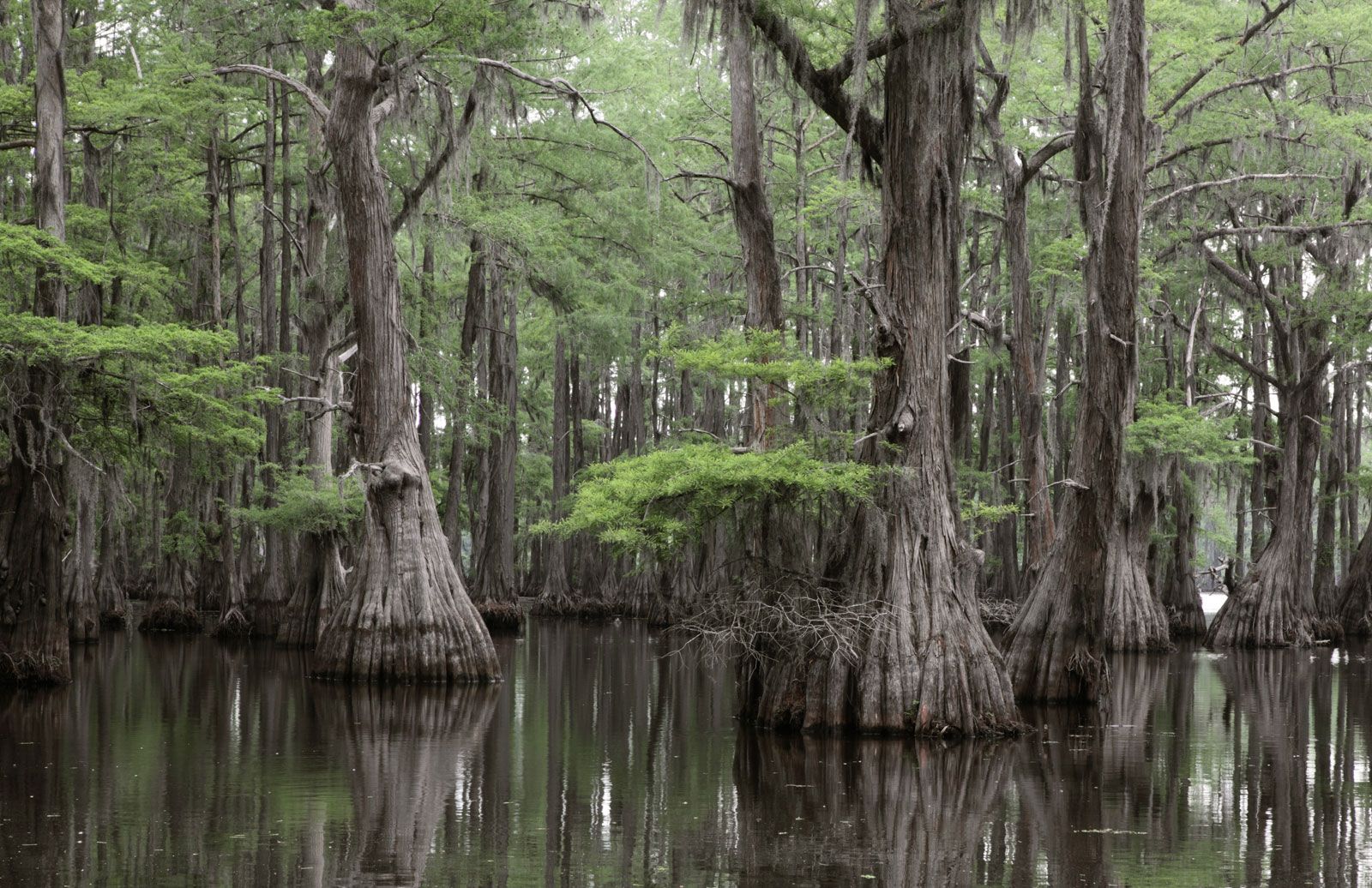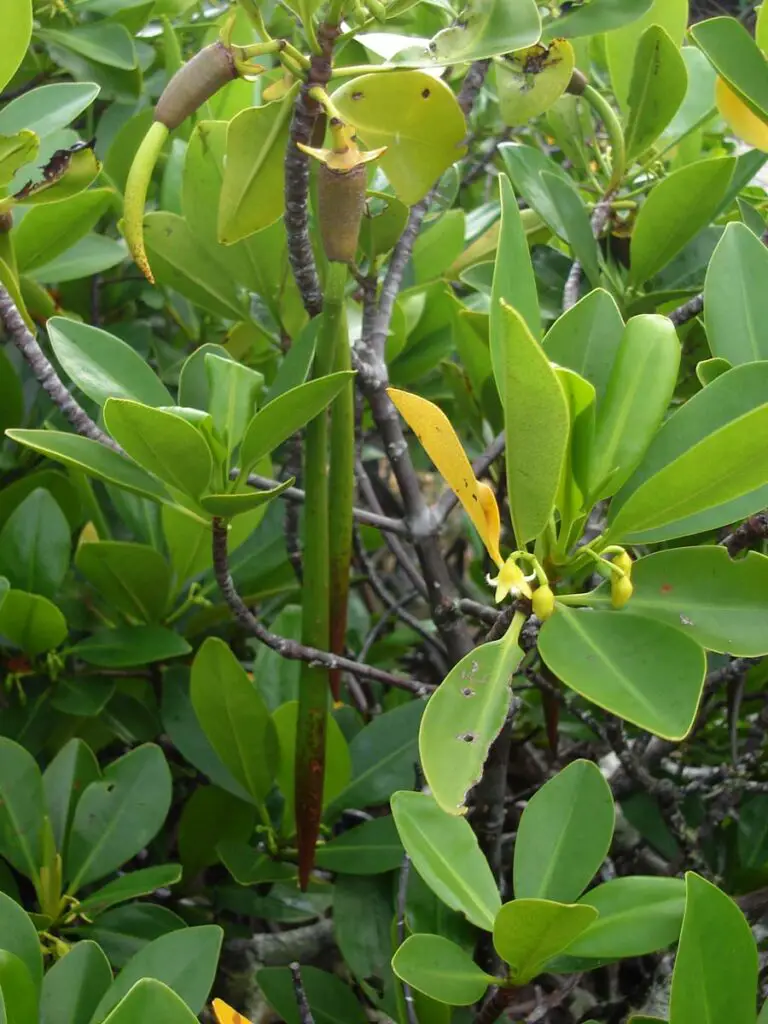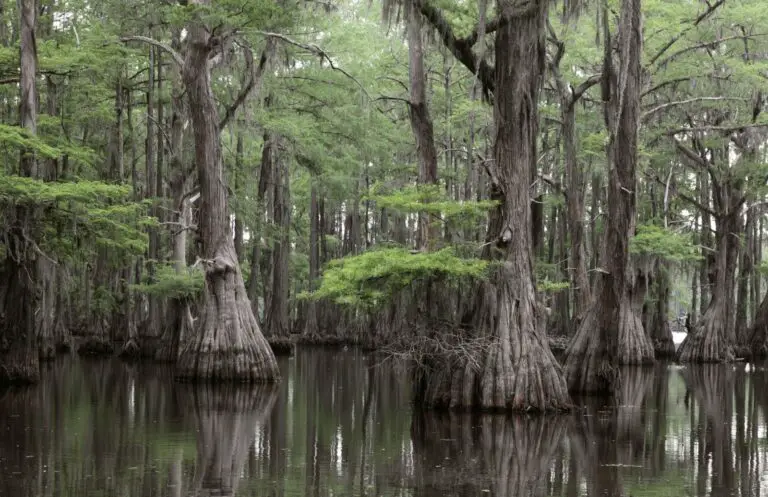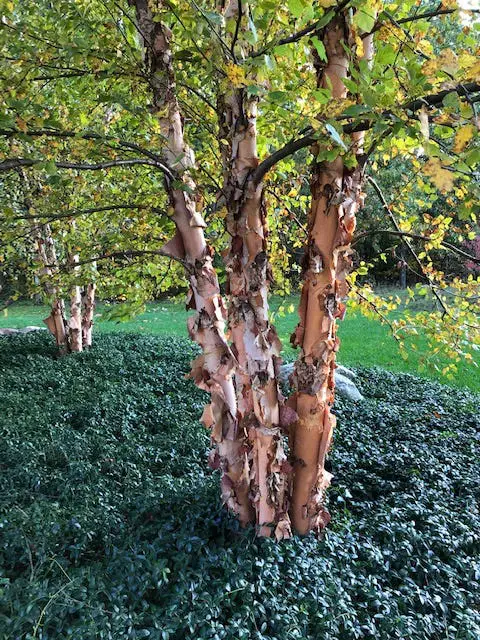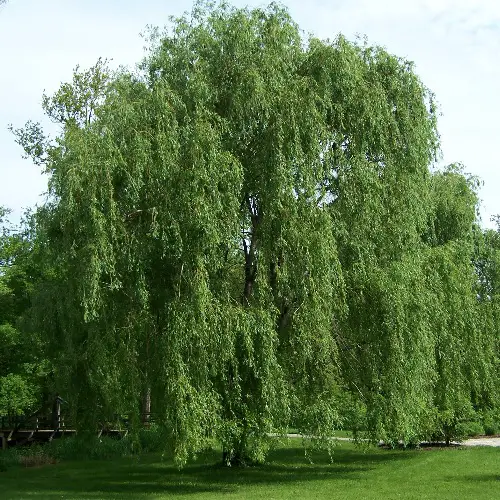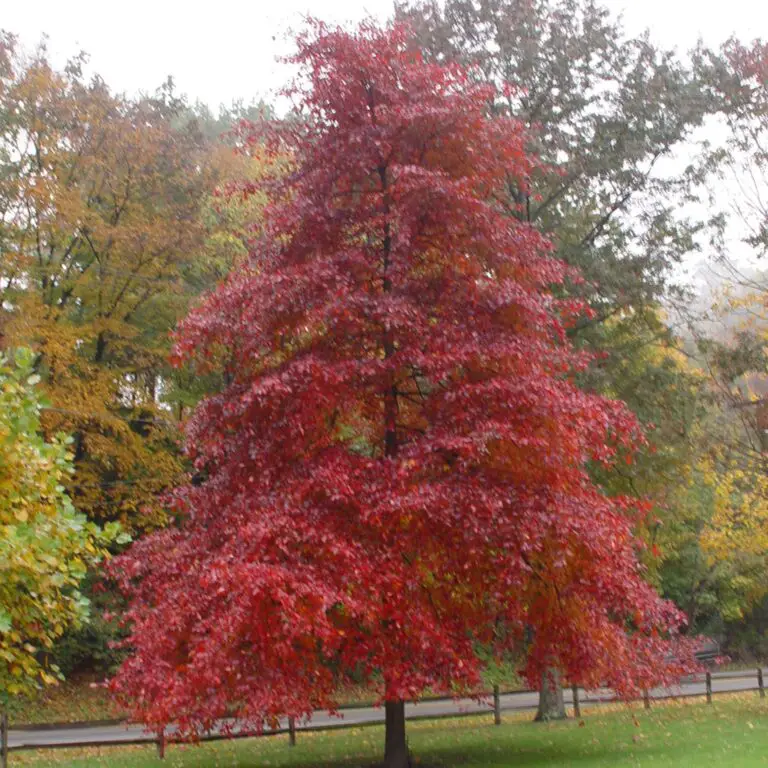Embracing Hydrology: The Marvels of Bald Cypress (Taxodium distichum) in Garden Ethnobotany
For garden enthusiasts, the pursuit of a verdant utopia often involves a rich tapestry of plants, each contributing to an ecosystem that is not only harmonious and beautiful but sustainable and vibrant. Hydrology, the science that deals with the occurrence, distribution, movement, and properties of the waters of the earth, is a crucial facet of this ecological equilibrium. The inclusion of water-loving plants is foundational to an enrichment of garden landscapes, and few exemplify the wondrous interplay of water and botanical life like the esteemed Bald Cypress (Taxodium distichum).
Hydrology and Its Role in Garden Ethnobotany
Water is life, and its presence or absence significantly shapes the natural world and, by extension, the garden environment. Hydrology in gardening is about more than just irrigation; it’s a comprehensive understanding of water’s influence on soil health, plant selection, and even the psychological impact of aquatic elements within a garden space. For centuries, cultures around the globe have harnessed the power of water to cultivate gardens that not only sustain plant life but also provide nourishment and healing. In contemporary garden design, the inclusion of water and water-loving plants is a craft that elevates not just the aesthetic, but the ecological and therapeutic value of gardens.
Importance of Water-Loving Plants like Bald Cypress
The presence of natural water bodies and the strategic design of features such as ponds, streams, and wetland gardens can amplify the beauty and biodiversity of a garden. Plants adapted to wetter conditions not only thrive in such environments but also play a significant role in the ecological balance. Their root systems stabilize soil, prevent erosion, and act as natural filters for contaminants, leading to cleaner water and healthier ecosystems.
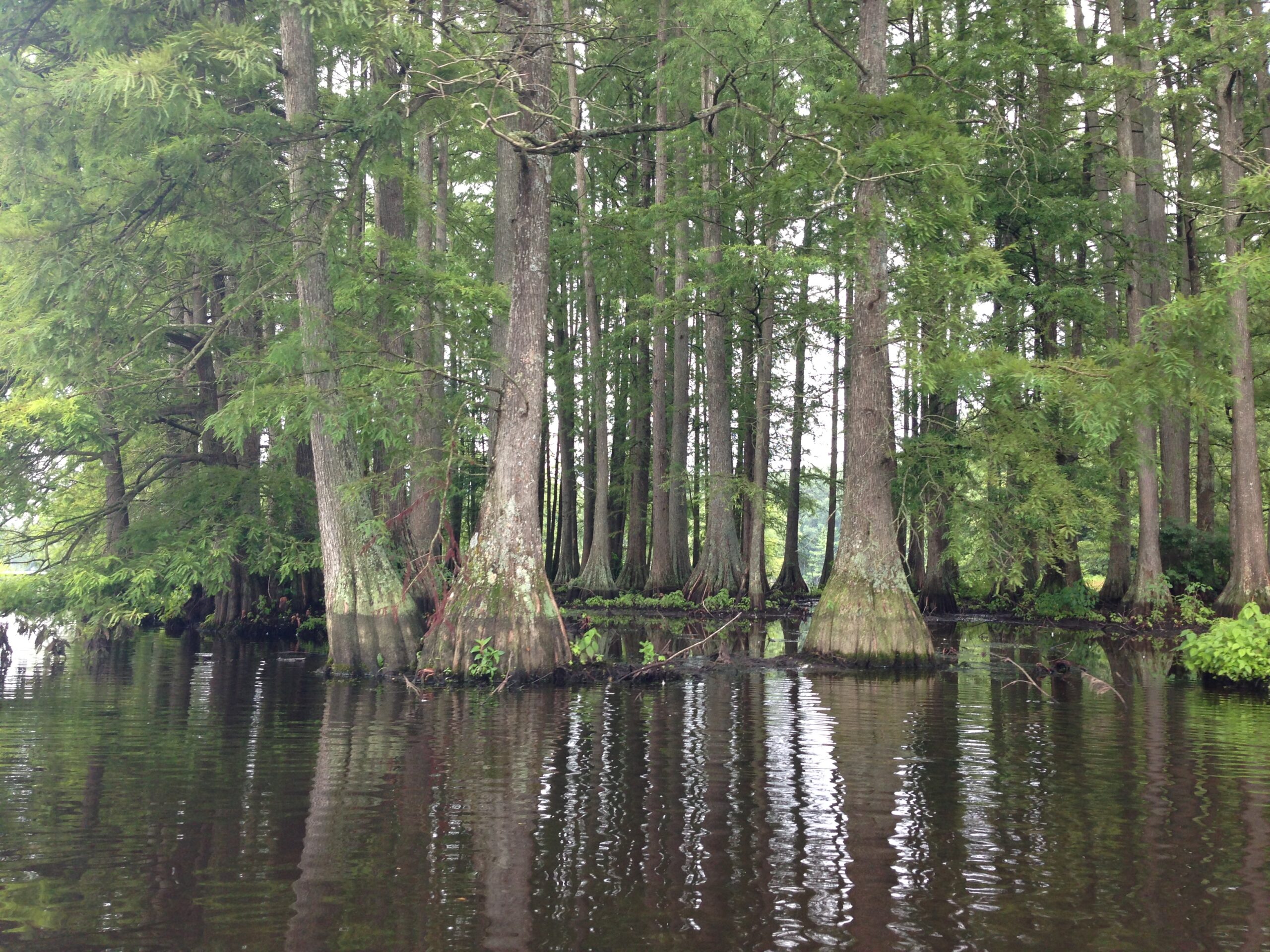
Benefits of Integrating Hydrological Concepts in Garden Design
Designing a garden with hydrological concepts in mind helps manage water effectively, reduces environmental impacts, and creates a unique and immersive experience for the gardener and their visitors. Through careful planning, gardens can be transformed into spaces of tranquility and wonder, with the added bonus of attracting a diverse range of plant and animal species.
Understanding Bald Cypress (Taxodium distichum)
The Bald Cypress, a magnificent deciduous conifer, stands as an emblem of the American South, where it is found in the swampy lowlands that characterize the region. Its scientific name, Taxodium distichum, reflects its taxonomic lineage within the Cupressaceae family, placing it alongside junipers, redwoods, and cedar. Despite its association with wetlands, it is a remarkably adaptable and resilient tree, capable of enduring periodic inundation or thriving in drier upland settings.
Description of Bald Cypress Tree
The bald cypress is a stately tree, capable of reaching heights in excess of 100 feet. A conical shape in its youth, it matures into a broad, pyramidal crown, with the characteristic ‘knees’—growths that project from the root system and are believed to aid in the tree’s oxygenation—in its water-sourced habitats. In the autumn, the cypress adorns itself with a russet complexion, its needles taking on a warm and inviting hue before shedding to reveal a grand, skeletal silhouette.
Unique Features and Characteristics
A notable feature is the cypress’s status as a conifer that is not always green, hence its ‘bald’ moniker. Unlike many of its needle-bearing cousins, it sheds its leaves in the fall. Its wood, renowned for its resistance to decay, was historically prized for construction and furniture-making. The Bald Cypress is long-lived; individual trees can surpass 600 years, further testament to its hardiness and adaptability.
Adaptation to Water-Rich Environments
The roots of the Bald Cypress are as extraordinary as the rest of the tree, with the ability to cope with anaerobic soil conditions when waterlogged. This versatility makes it a crucial species in maintaining the health of swamp ecosystems. Beyond mere survival, however, the cypress thrives in these marshy expanses, contributing to the lushness of the wetland flora.
Benefits of Planting Bald Cypress in Gardens
The advantages of introducing Bald Cypress to a garden go well beyond the visual appeal of a stately, picturesque tree. These botanical giants offer a multitude of benefits, ranging from the environmental to the aesthetic.
Environmental Benefits
Bald Cypresses act as natural water purifiers, their roots helping to filter out toxins and maintain the clarity of water in ponds and wetland areas. They also function as crucial components in stormwater management systems, reducing the risk of flooding by absorbing excess water during heavy rains. Furthermore, they provide homes and nesting sites for various bird species and a diverse array of aquatic wildlife.
Aesthetic Appeal and Landscaping Advantages
The presence of a mature Bald Cypress can add a sense of grandiosity to a garden landscape, especially when they serve as a focal point in a watery habitat. Their morphological changes throughout the year, from vibrant green to autumnal reds and rusty browns, offer a dynamic quality to the garden. Additionally, their rustic, knotted wood and adventitious root structures are a marvel of natural architecture, perfect for the creation of low-maintenance, picturesque landscapes.
Contribution to Biodiversity and Ecosystem Health
The incorporation of Bald Cypresses into garden designs supports and promotes local biodiversity. In conjunction with other water-loving species, they attract an assortment of fauna, from amphibians to insect pollinators, enriching the local ecosystem and creating a balanced food chain. Their role as bioindicators also offers insights into the vital signs of water health within a given environment.
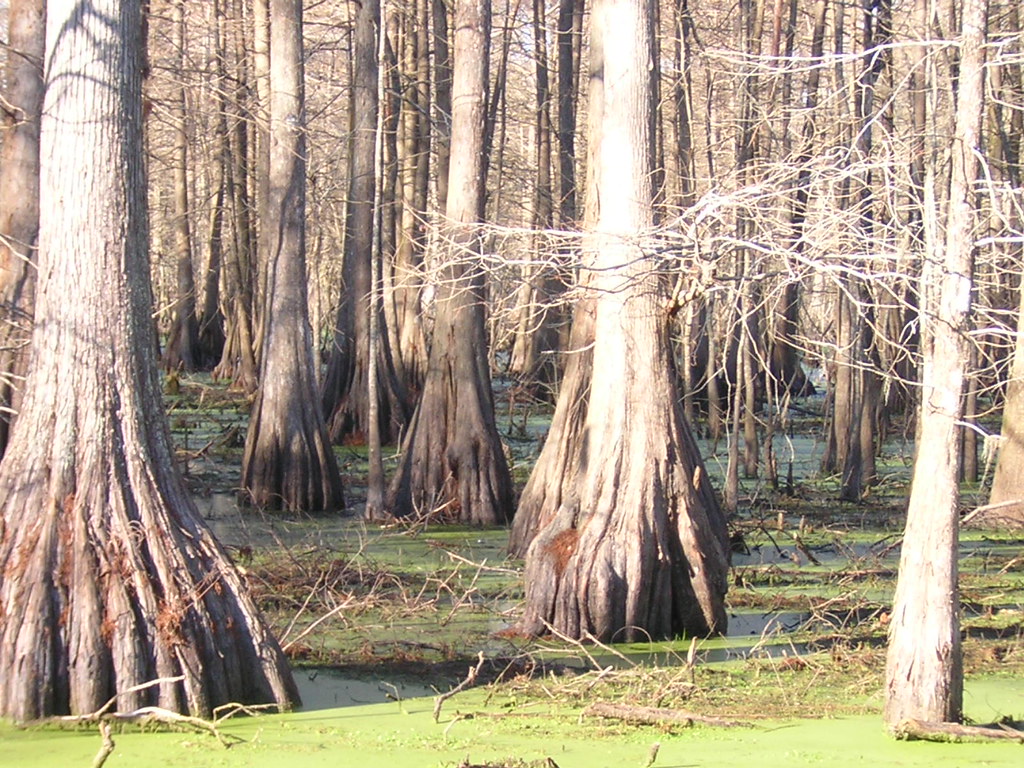
Caring for Bald Cypress Trees
While Bald Cypress trees are relatively low-maintenance once established, some care considerations are essential to ensure their longevity and health, particularly during the establishment stage.
Optimal Growing Conditions
Bald Cypresses are versatile, but they do have preferences. They favor well-drained, moist soils with a slightly acidic pH but can tolerate a range of growing mediums. Full sun is ideal, but they handle partial shade. Regular, consistent moisture is crucial during the establishment phase, but they can withstand periods of drought once they’ve developed a robust root system.
Maintenance Tips for Healthy Growth
Pruning is rarely necessary for a healthy Bald Cypress, though it can be done to maintain an aesthetic shape or to remove any dead or damaged branches. It is essential to water newly planted cypresses deeply to encourage deep root growth and resilience to dry periods. Mulching can help retain moisture and reduce competition from other plants while also mimicking the natural leaf litter that would accumulate in their native swamp environments.
Potential Challenges and How to Address Them
The most common challenge for Bald Cypress is root rot, which can occur in poorly drained soils or when the tree is overwatered. Prevention is key, so ensuring proper drainage and not allowing water to stagnate around the base can mitigate this risk. Pests and diseases are generally not a significant issue; however, periodic inspections for any signs of trouble are wise.
Conclusion
The Bald Cypress stands as a testament to the magnificence of plant life and the symbiotic power of water and land. Its inclusion in garden design presents an opportunity not just for aesthetic enhancement but also for environmental stewardship and the celebration of biodiversity. Whether in the vast expanses of natural wetlands or the cultivated oasis of a personal garden, the impact of the cypress is undeniable. Through advancing garden ethnobotany, we not only gain a deeper appreciation for the natural world but also weave systems that perpetuate health, beauty, and sustainability.
Garden enthusiasts are encouraged to explore the numerous benefits of integrating water-loving species like the Bald Cypress into their designs. With an understanding of hydrology and a commitment to diverse planting, we can create resilient and enchanting landscapes that speak to our connection with the natural order. In this allegiance to the cypress and other plants attuned to wetter realms, the garden becomes a vibrant witness to the delicate dance of elements, and to our role in preserving the songs of the wild that inspire and nurture us all.
